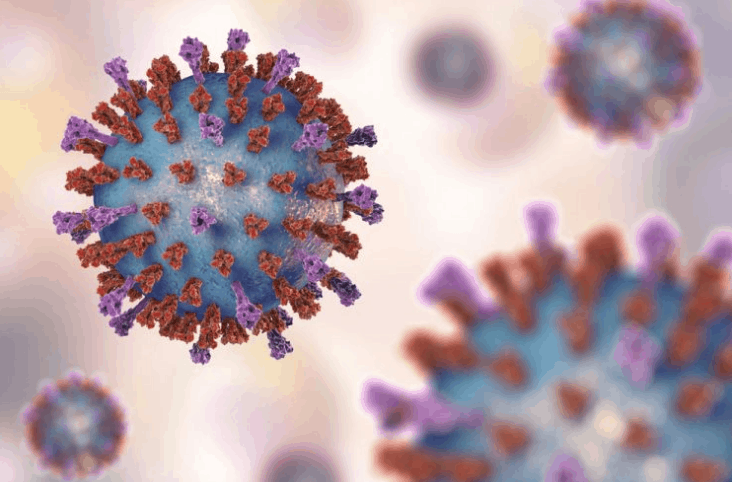
RSV is airborne and kills over 200,000 children per year
RSV is airborne and kills over 200,000 children per year https://bioairtec.com.au/wp-content/uploads/2018/12/RSV-Virus.png 741 482 Radic 8 https://bioairtec.com.au/wp-content/uploads/2018/12/RSV-Virus.pngBy Richard Greenwood, Founder at Radic8 Ltd
Respiratory Syncytial Virus (RSV) is the highest cause of hospitalisation in children under one and the most common cause of bronchiolitis and pneumonia in this same age group. Premature and other at-risk babies are particularly vulnerable as they don’t have fully developed airways or immune systems. Chronic lung disease, bronchopulmonary dysplasia, congenital heart disease, and other conditions frequently lead to RSV-related hospitalisation.
There are people out there who argue that RSV is only droplet transmission and not airborne but I think it is very important to set this straight and the good news is, we now have the technology to sterilise the air in our homes to minimise the spread of viruses like this in our products such as the Hextio.
Aim of study: To determine if patients with RSV bronchiolitis produce aerosolised particles containing RSV capable of infecting human respiratory epithelial cells (A549).
Method: 18 infants with “RSV Bronchiolitis” were recruited. An Andersen microbial impactor was placed 100cm from the head of the patient and run for 30min fractionating collected particles into different aerosol size distributions. Room air was impacted into 20ml of RPMI growth media and its infectivity of A549 was determined using plaque assays. Immunofluorescence staining of the infected A549 cells was used to confirm RSV infection.
Results: 17 infants produced infectious airborne particles less than 4.7μ. We estimated the number of infectious RSV within aerosols of less than 4.7μ produced from 12/17 patients to be 188.5±68 (mean ± SEM, range 2.4 to 4044) in 10 litres of air. This volume would be inhaled by a 3.1kg baby in 10 minutes (respiratory rate 40/min; tidal volume 8ml/kg).
Conclusion: Infants with RSV bronchiolitis produce aerosols that contain infectious RSV in aerosols small enough to deposit in the lower airways. These findings may influence infection control strategies to prevent aerosol transmission of RSV in a hospital setting.
Reference:
1. Goldmann DA. Pediatric Infectious Disease Journal 2000;19(10 Suppl).
I don’t think that there are any better installations of our Viruskiller technology than those in Postnatal Care wards and I believe that all Postnatal Care wards should have adequate clean air technology.
It is not just about protecting babies and young children in hospital, it is also about protecting them in their home environments / kindergartens / schools. As all parents will know, when their children attended kindergarten, more often than not they had runny noses. There are generally steps taken to prevent cross contamination via direct and indirect contact transmission, but what about droplet and airborne? I am very happy that times are changing and recently, Radic8 won a Top Innovation for Infection Control 2018.
The infection prevention and control community are bringing the cleaning and sterilising of air into their infection prevention protocols, and that is a good thing! Just as hand sanitisers have become mainstream, I believe that air sterilisation technologies will also and we are leading the way with our consumer virus killer unit – Hextio.
We now have the Hextio available to the mass market. See more at www.radic8.com.au and here.




